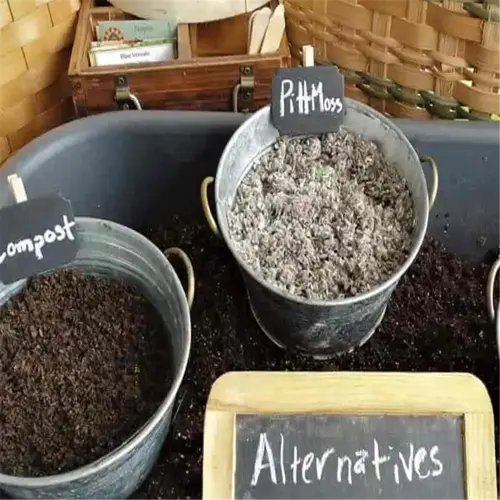What causes bulbs to rot after planting?

Written by
Michael Sullivan
Reviewed by
Prof. Samuel Fitzgerald, Ph.D.Bulb rot usually begins low, down in the soil, where it frequently goes undetected. Last fall, I was diagnosing a client's tulips that had rotted, which upon examination, turned out to be due to soggy clay soil and overwatering. Healthy bulbs can rot and disintegrate into mush within just a few weeks if conditions are bad enough. Mushy bases and rotten odors are early signs to be aware of, and quick action and prevention are important.
Soil & Drainage Issues
- Clay soils retain 40% more water than sandy soils
- Lack of organic matter creates compaction
- Low spots in gardens collect standing water
- Hardpan layers 12" down block drainage
Watering Mistakes
- Watering daily before roots develop
- Using sprinklers instead of drip lines
- Ignoring rainfall when irrigating
- Overhead watering in humid climates
Defective bulbs encourage rot to enter through the injury points. Always check for softened spots or mold on bulbs before planting. For instance, a gardener in New York lost 50% of her daffodil flowers after planting one infected bulb. If you have any uncertainty about the quality of a bulb, isolate it in a 10% bleach solution in case it is in good health. After 10 minutes in the bleach solution, you should plant the bulb.
Tool Sanitation
- Disinfect tools with 70% alcohol
- Replace wooden stakes yearly
- Use separate trowels for sick/healthy plants
- Clean pots with hydrogen peroxide
Organic Treatments
- Drench soil with chamomile tea (antifungal)
- Dust bulbs with cinnamon pre-planting
- Apply neem oil to infected areas
- Use biofungicides containing Bacillus subtilis
Do not use fresh manure because it will burn the bulb and present diseases. A Wisconsin farmer turned to aged compost and reduced rot rates by 80%. For clay soils, try planting bulbs on slopes or berms. Even 6 inches of elevation will improve drainage significantly.
Read the full article: 7 Essential Tips to Plant Bulbs This Fall

